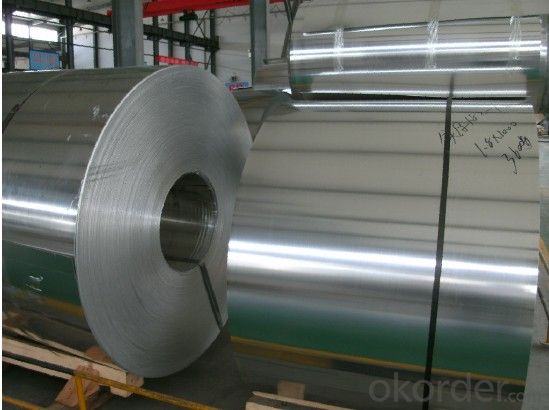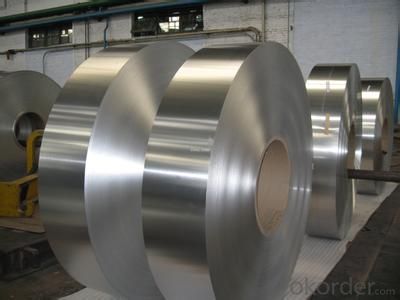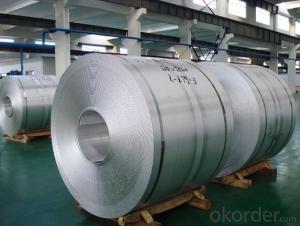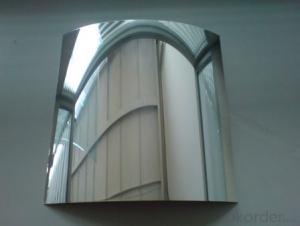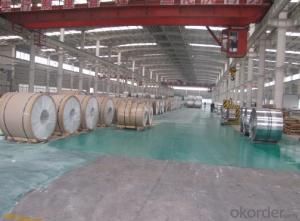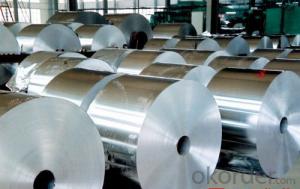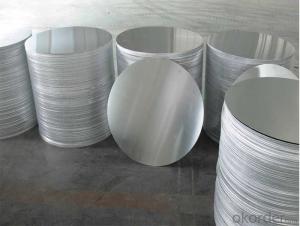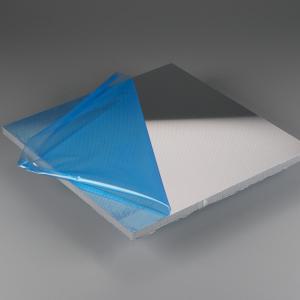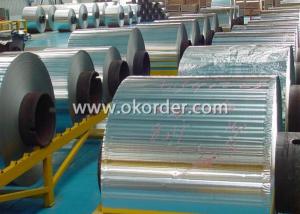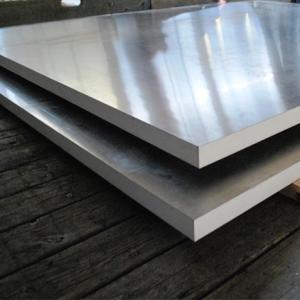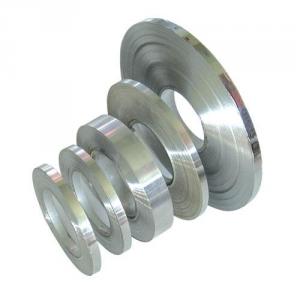Wholesale Aluminum Wall Sheets - Aluminium Coils for Continuous Cold Rolling
- Loading Port:
- Shanghai
- Payment Terms:
- TT OR LC
- Min Order Qty:
- 5 m.t.
- Supply Capability:
- 5000 m.t./month
OKorder Service Pledge
OKorder Financial Service
You Might Also Like
Specification
1.Structure of Aluminium Coils for Continuous Cold Rolling
Aluminium Coils for Continuous Cold Rolling can be rolled down to aluminium coil,sheet,circle ect. The alloy AA1050 is widly used in building, industry ect. Its weight is much lower than steel. So many customers choosed aluminium material instead of steel.
2. Main features of Aluminium Coils for Continuous Cold Rolling
a.Competitive price---We have our own mills and can produce mill finished aluminium coils, so we can control the production cost better.
b.Professional after-sale service---We have more than 15 years exportation experience and you need not worry about the exporation problems.
c.Fast delivery time---We can control the delivery time within 35 days.
3. Image
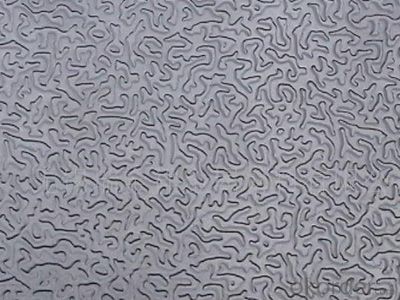
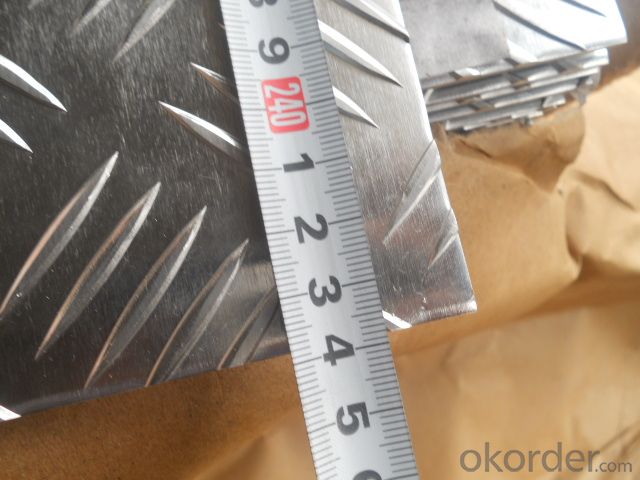
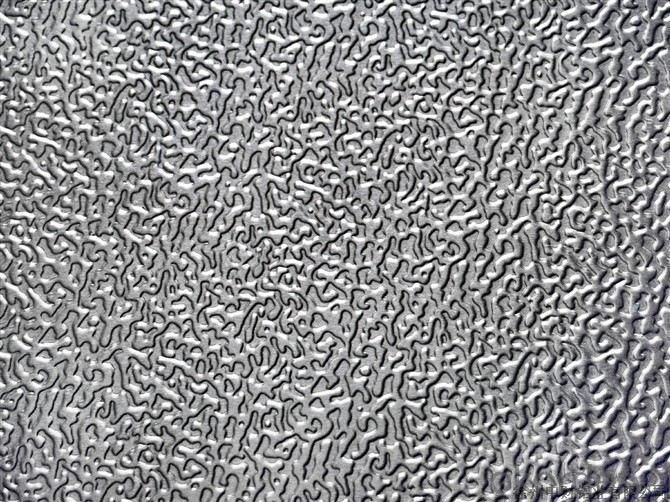
4. Product Specification
| Alloy | Temper | Thickness | Width | Weight |
| AA1050 | H14 | 0.2-3MM | 1000-1800MM | 2 tons |
5.FAQ:
What is the quality standard?
---Usually our standard is GB3880-2006
What is the largest width?
---It is 2300mm
What is the MOQ?
---Usually we can accept 80 tons.
- Q: Can aluminum sheets be used in aerospace industries?
- Yes, aluminum sheets can be used in aerospace industries. Aluminum is commonly used in the aerospace industry due to its lightweight, high strength-to-weight ratio, and corrosion resistance properties. It is used for various applications such as aircraft structures, wings, fuselages, and skins.
- Q: Can the aluminum sheets be used for heat dissipation purposes?
- Yes, aluminum sheets can be used for heat dissipation purposes. Aluminum is known for its excellent thermal conductivity, meaning it conducts heat efficiently. This makes it an ideal material for dissipating heat and transferring it away from a heat source. Aluminum sheets can be used in various applications such as heat sinks, cooling panels, and heat exchangers to effectively dissipate heat and prevent overheating. Additionally, aluminum is lightweight, corrosion-resistant, and easy to work with, making it a popular choice for heat dissipation in various industries including electronics, automotive, and aerospace.
- Q: Can aluminum sheet be used for heat shielding?
- Yes, aluminum sheet can be used for heat shielding due to its high thermal conductivity and ability to reflect and radiate heat effectively.
- Q: What are the different methods of forming aluminum sheet?
- There are several methods of forming aluminum sheet, each with its own advantages and limitations. 1) Rolling: This is the most common method used to manufacture aluminum sheet. It involves passing aluminum ingots through a series of rolling mills that gradually reduce the thickness of the metal until the desired sheet thickness is achieved. Rolling is highly versatile and can produce sheets with precise thicknesses and a wide range of sizes. 2) Extrusion: In this method, a heated aluminum billet is forced through a die to produce a continuous sheet. Extrusion is commonly used to produce sheets with complex cross-sectional shapes and consistent thickness. It is particularly suitable for producing aluminum sheets with a consistent pattern or texture. 3) Casting: Casting involves pouring molten aluminum into a mold and allowing it to solidify. This method is often used to produce large aluminum sheets with irregular shapes or intricate designs. However, the thickness of cast aluminum sheets may not be as consistent as those produced by rolling or extrusion. 4) Stretch forming: In stretch forming, a sheet of aluminum is clamped around its edges and stretched over a die to achieve the desired shape. This method is commonly used to produce curved or contoured aluminum sheets, such as those used in automotive or aerospace applications. 5) Spinning: Spinning is a process where a rotating disk or mandrel is pressed against a sheet of aluminum to shape it into a desired form. This method is commonly used to produce cylindrical or conical aluminum sheets, such as those used in lighting fixtures or cookware. 6) Deep drawing: Deep drawing involves placing a flat sheet of aluminum into a die and using a punch to force the metal into the desired shape. This method is commonly used to produce aluminum sheets with deep, cup-like shapes, such as those used in beverage cans or automotive parts. Overall, the choice of method for forming aluminum sheet depends on the desired shape, thickness, and complexity of the final product, as well as the production volume and cost considerations.
- Q: Are 101 aluminum sheets suitable for interior design or architectural applications?
- Indeed, 101 aluminum sheets prove to be apt for both interior design and architectural purposes. This alloy, widely used, possesses admirable strength, corrosion resistance, and exceptional formability. It can be effortlessly manipulated, molded, and assembled to craft a multitude of architectural components, including wall panels, ceilings, furnishings, and ornamental embellishments. Moreover, 101 aluminum sheets can be treated with diverse coatings or textures to augment their aesthetic allure and longevity. In conclusion, these sheets of 101 aluminum offer versatility and affordability, making them a prudent selection for interior design and architectural ventures.
- Q: Can the aluminum sheets be used for manufacturing musical instruments?
- Yes, aluminum sheets can be used for manufacturing musical instruments. Aluminum is a lightweight and versatile material that can be shaped and tuned to produce various musical sounds.
- Q: Can aluminum sheet be used for solar panels?
- Absolutely! When it comes to solar panels, aluminum sheet is a fantastic choice. Thanks to its remarkable strength, durability, and lightweight nature, aluminum is a widely favored material for constructing these panels. Its versatility shines through as it serves as both the frame and mounting structure, providing unparalleled support and stability. Moreover, its exceptional resistance to corrosion is a crucial factor given the panels' exposure to the elements. On top of all that, aluminum's highly conductive properties allow for efficient electricity transfer from the solar cells within the panel. All in all, incorporating aluminum sheet into solar panel construction significantly enhances their performance, longevity, and overall efficiency.
- Q: What is the thickness range available for aluminum sheets?
- The thickness range available for aluminum sheets can vary depending on the specific requirements and applications. Generally, aluminum sheets can be found in a wide range of thicknesses, ranging from as thin as 0.006 inches (0.15mm) to as thick as 0.5 inches (12.7mm) or even thicker in some cases. However, it is important to note that the availability of specific thicknesses may vary depending on the supplier or manufacturer. Additionally, custom thicknesses can often be obtained through specialized fabrication processes.
- Q: What are the fire-resistant properties of aluminum sheets?
- Aluminum sheets have excellent fire-resistant properties due to their high melting point, which is around 660°C (1220°F). They do not burn or release any harmful gases when exposed to fire. Additionally, the oxide layer that forms naturally on the surface of aluminum provides further protection against fire by acting as a barrier that prevents the metal from direct contact with flames.
- Q: Are 101 aluminum sheets suitable for aerospace tooling?
- 101 aluminum sheets are not appropriate for aerospace tooling due to their lack of high strength, stiffness, and heat resistance. Aerospace tooling necessitates materials like high-strength aluminum alloys (such as 7075 or 2024) or even specialized materials like titanium alloys for more demanding tasks. These materials possess superior mechanical properties and can endure the rigorous conditions encountered in aerospace manufacturing.
Send your message to us
Wholesale Aluminum Wall Sheets - Aluminium Coils for Continuous Cold Rolling
- Loading Port:
- Shanghai
- Payment Terms:
- TT OR LC
- Min Order Qty:
- 5 m.t.
- Supply Capability:
- 5000 m.t./month
OKorder Service Pledge
OKorder Financial Service
Similar products
Hot products
Hot Searches
Related keywords



